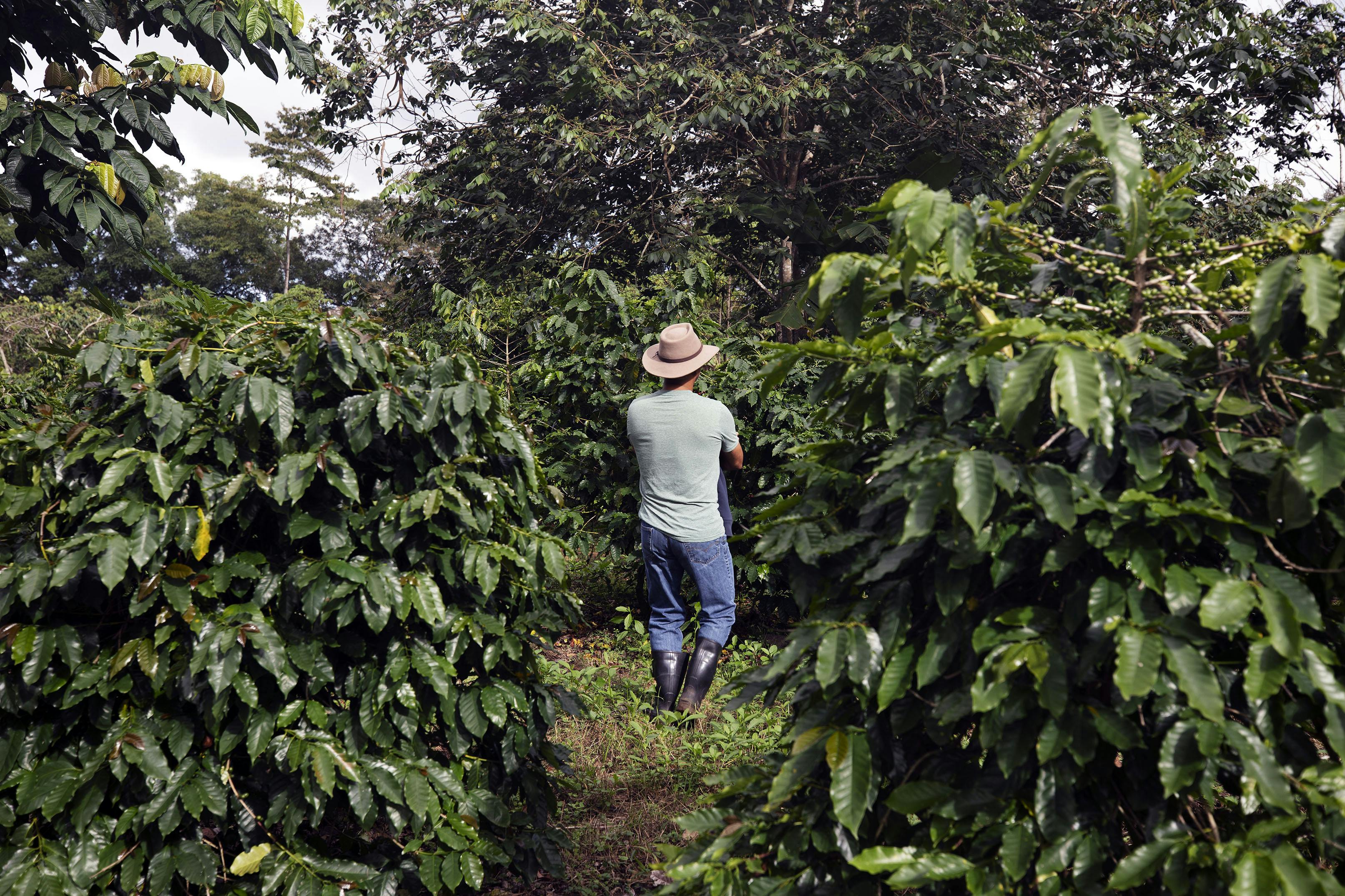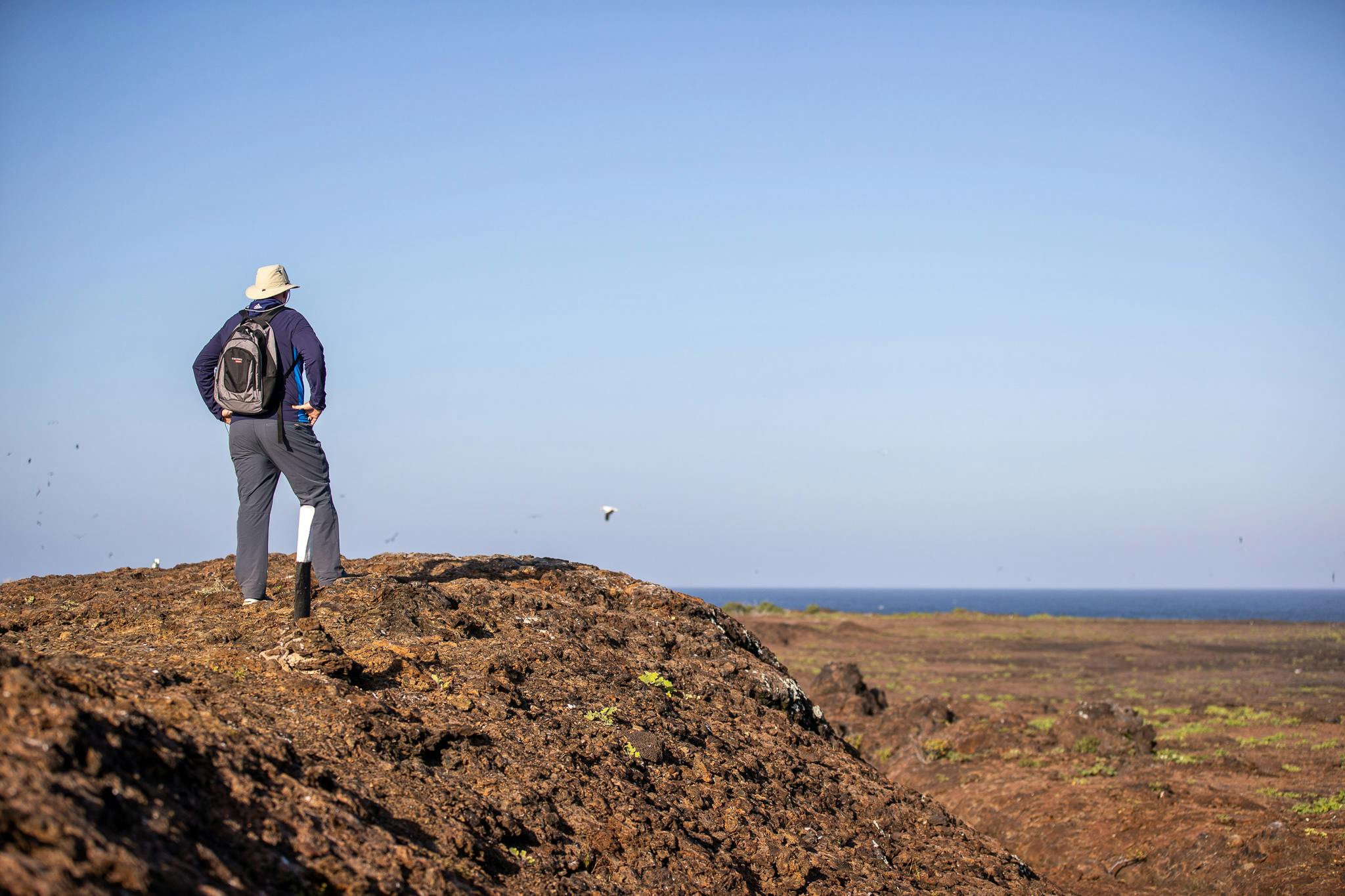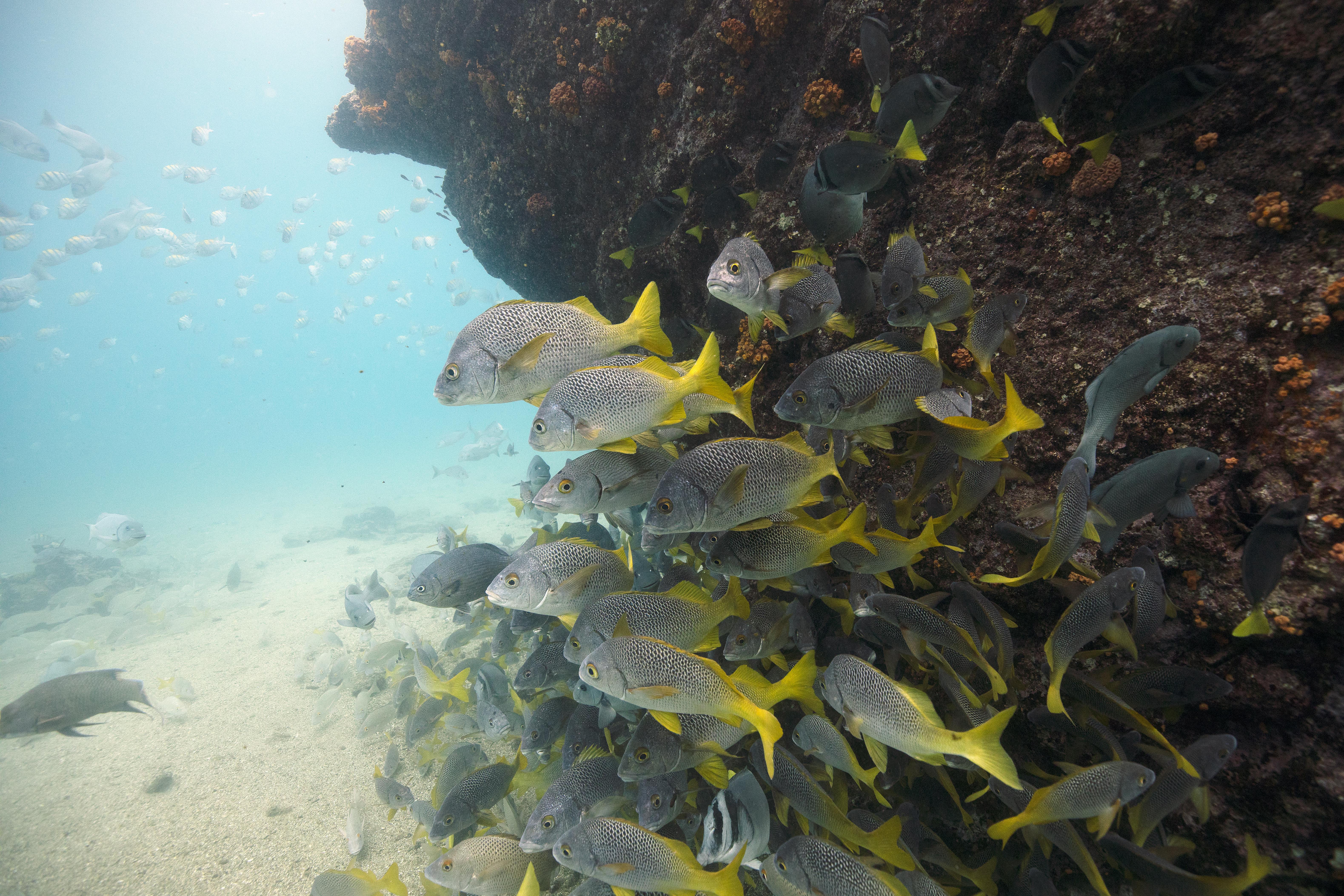Building a Sustainable — and Delicious — Business Out of Galapagos Coffee
A devotion to tortoises inspired Reyna Oleas and Roberto Plaza, surprisingly, to start a coffee plantation. While it might seem at first glance that there’s no connection between these two passions, the growth of this Galapagos coffee farm actually makes sense within the conservation picture of the Galapagos Islands.
“When we bought our property, we bought it because we fell in love with the giant Galapagos tortoises,” explains Oleas. The land was right in a tortoise migration zone, where the reptiles move seasonally between Santa Cruz Island’s highlands and lowlands. Oleas and Plaza spent a year eradicating thorny blackberry bushes and other invasive species from the migration path, a costly process. “That is when we decided to start a business that will finance the cost of maintaining most of our farm for giant Galapagos tortoises,” Oleas says. Now, MonteMar coffee plantation subsidizes the lumbering creatures’ slow and peaceful lifestyle. And it’s one of the unique and interesting highlights that you can enjoy during a voyage to the Galapagos Islands with Silversea.
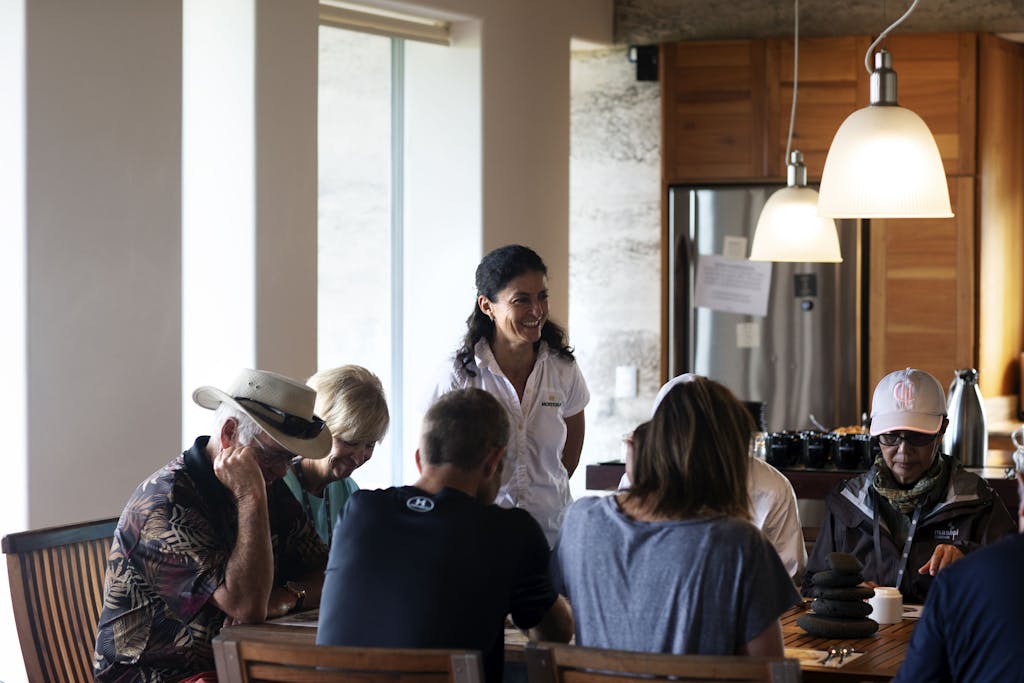
The couple is part of an influx of people coming from mainland Ecuador to the Galapagos. Nowadays, 97 percent of the Galapagos is protected as a national park, but humans can inhabit the other 3 percent. According to the 2022 census, the most recent, more than 28,000 people lived on the islands of Baltra, Floreana, Isabela, San Cristóbal and Santa Cruz, and the number was growing.
Plaza and Oleas wound up building way more than a coffee farm. Their 43-acre property offers luxury eco villas as well as amenities including gourmet meals, water sports, spa treatments and yoga classes. Plaza is a long-time Galapagos naturalist guide and national park consultant. Oleas has an ecology and business background and advised ministries on policy-making. Despite their impressive resumes, their friends were skeptical about Galapagos coffee. “When we started, nobody thought that we could do it and everybody thought we were crazy,” Oleas says.
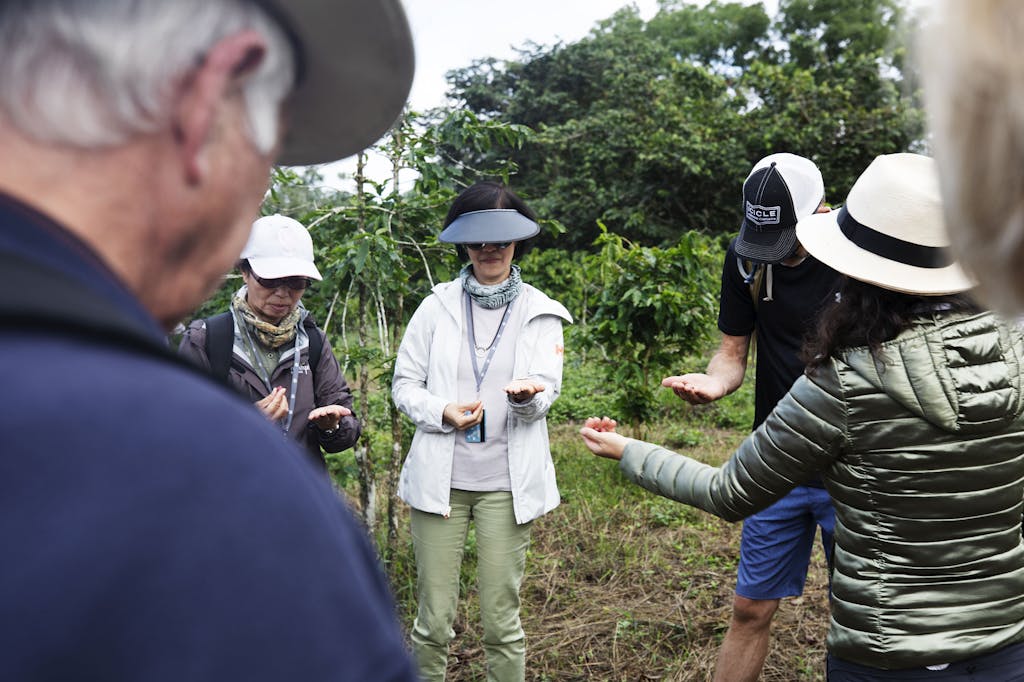
Low altitude, high quality
Colonizers planted the first coffee plantation in the Galapagos around 1880 on San Cristobal Island. Back then, the trend was toward big plantations. MonteMar is one of a new wave of coffee growers specializing in small, sustainable production.
The small operations on Santa Cruz and San Cristobal have defied some coffee experts’ belief that high altitude correlates with high-quality coffee. According to conventional wisdom, the best coffee comes from places close to the equator. But the warm days and cold nights that enhance both the beans’ acids and aromatic compounds usually occur only at high altitudes. However, the cold winds of the Humboldt current that hits the Galapagos year-round cool off the beans enough to produce some of the best low altitude coffee in the world. Plus, the fertile black soil adds to the overall quality of the crop. “The volcanic soils of Galapagos enrich the flavor and gives notes that are characteristic of the islands,” Oleas says.
The Galapagos, however, are not the easiest place to start a coffee plantation. “Being organic and biodynamic in a place where there are a lot of limitations to organic agriculture is a challenge,” Oleas says. “For example, we cannot import microorganisms to speed up the process of decomposition.” And they continue to fight invasive species, especially blackberry, guava and elephant grass.
Nor does coffee harvest season in the Galapagos come quickly. “It took five years until we got the first harvest,” says Oleas. “Since then, every year we wait patiently, ensuring that plants and soil are nourished, for the harvest that happens once a year.” Silversea proudly serves MonteMar coffee aboard the Silver Galapagos and it’s also available for purchase in the ship’s boutique.
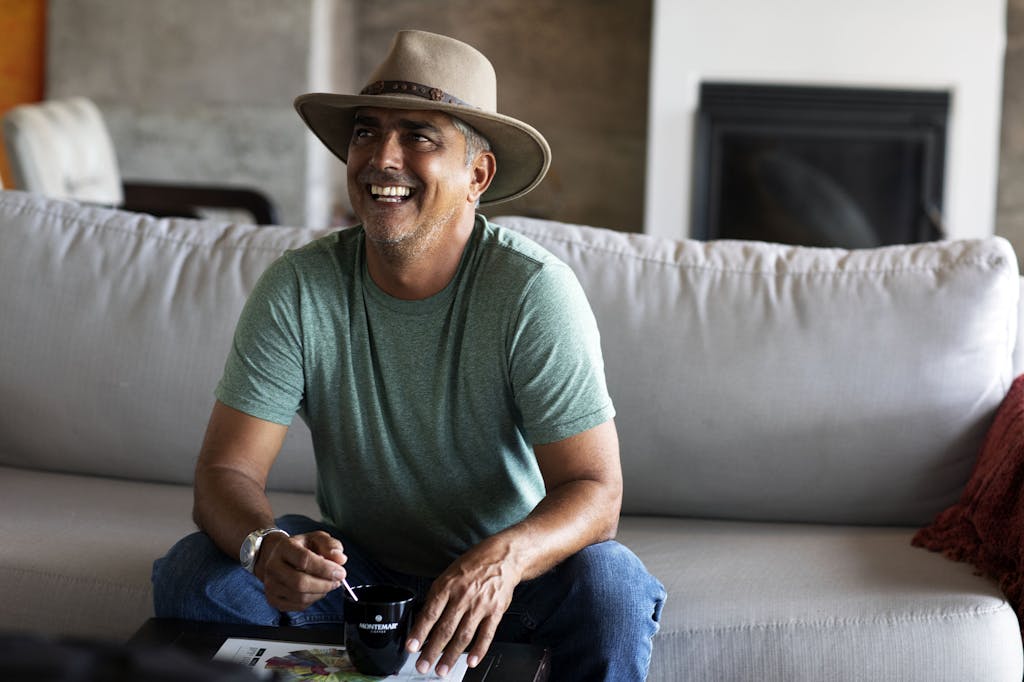
Galapagos coffee and sustainability
From the start, Oleas and Plaza aimed for sustainability. “We saw that in the 3 percent (of land) where people are allowed to live, humans were doing business as usual, which was very frustrating,” Oleas says. “We thought that we should be living in harmony with nature in this special place, Galapagos.”
At MonteMar, they generate 99 percent of their own energy and capture 100 percent of the water they use from rainwater off the roofs. They bought a biodigester to treat blackish and grey waters in the property. Their buildings are made of local materials — mainly bamboo, wood and lava.
Building a sustainable business in the Galapagos isn’t a quick road to fame and fortune, but Oleas looks toward her beloved tortoises for inspiration. “Tortoises are slow-moving, wise animals that were here since the dinosaurs’ era. Regardless of what happens outside they are always there breathing in and out, with no rush, and enjoying the moment,” she says. “Truly Zen masters.”
Scientists estimate that between 20,000 and 25,000 wild tortoises live in the Galapagos today, which means the human population has now overtaken the tortoises. Galapagos wildlife need more allies like the folks at MonteMar, who are keeping them safe while producing a delicious and sustainable product.
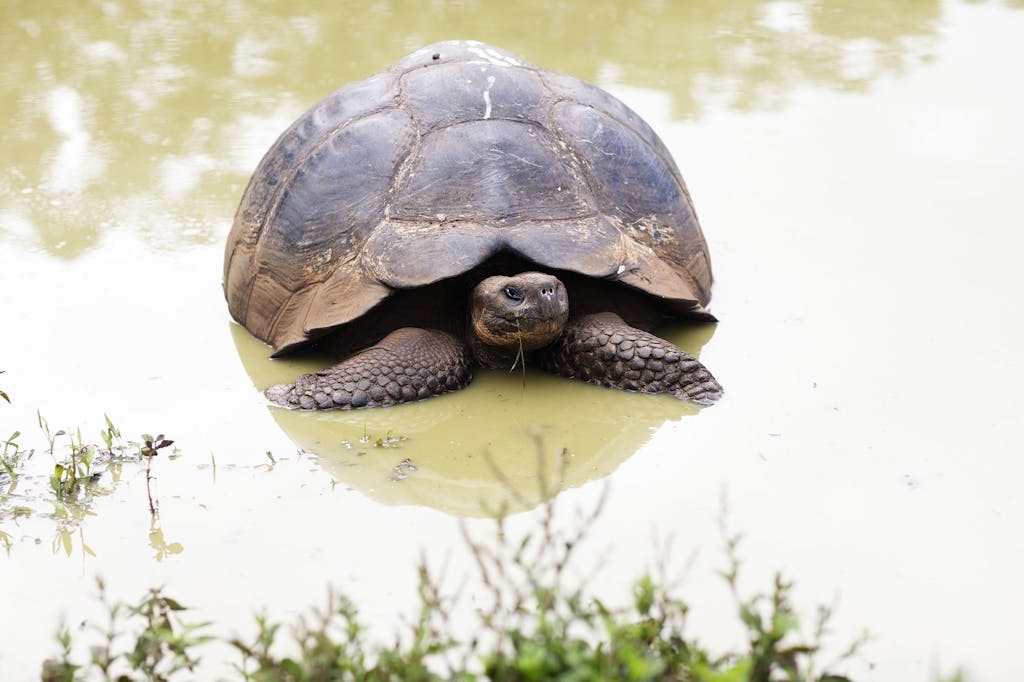
Want to experience Galapagos coffee in person? Starting browsing Silversea Cruises that go to the Galapagos Islands. Read more about a Galapagos naturalist guide and photographer who is working to preserve this beautiful part of the world.



